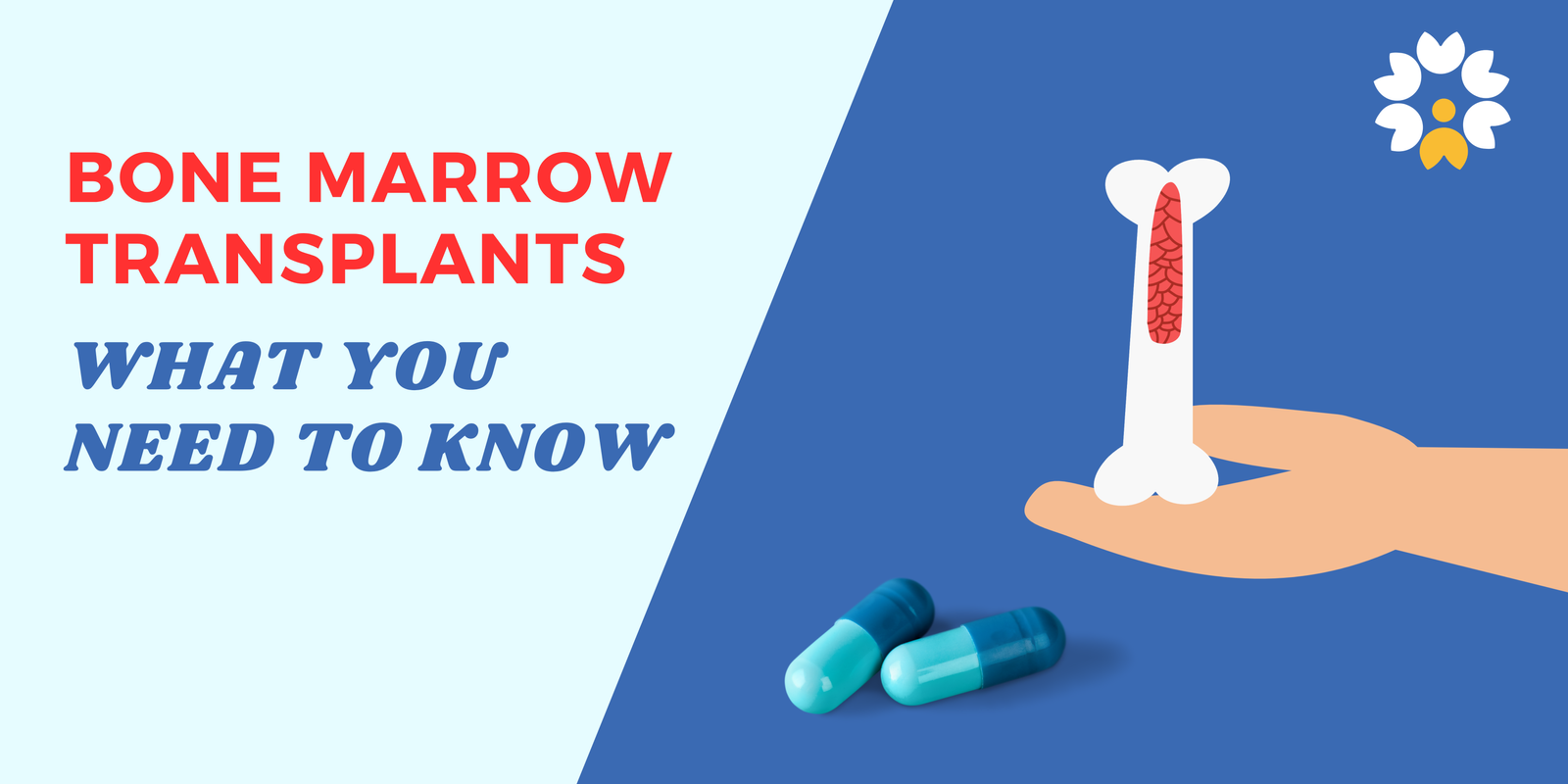Bone marrow transplants (BMT) have revolutionized the treatment of many blood disorders and cancers. Over the past few decades, significant advancements have improved the success rates and outcomes of these procedures. In this blog, we’ll explore the basics of bone marrow transplants, the types, the conditions they treat, and the latest advancements in this life-saving therapy.
What is a Bone Marrow Transplant?
A bone marrow transplant is a medical procedure to replace damaged or destroyed bone marrow with healthy bone marrow stem cells. Bone marrow is the soft, spongy tissue inside bones that produces blood cells, including red blood cells, white blood cells, and platelets.
Types of Bone Marrow Transplants
Autologous Transplant: The patient’s own stem cells are collected, treated, and then reintroduced after intensive treatment. This type is often used for certain types of cancers, like lymphoma or multiple myeloma.
Allogeneic Transplant: Stem cells are donated from another person, usually a sibling or unrelated donor with a compatible tissue type. This type is used for conditions like leukemia, aplastic anemia, and some genetic disorders.
Syngeneic Transplant: Stem cells are donated by an identical twin. This type is rare but offers the highest compatibility and lowest risk of complications.
Conditions Treated by Bone Marrow Transplants
Leukemia: A type of cancer that affects blood and bone marrow.
Lymphoma: Cancer of the lymphatic system.
Multiple Myeloma: Cancer of plasma cells in the bone marrow.
Aplastic Anemia: A condition where the bone marrow fails to produce enough blood cells.
Genetic Disorders: Such as sickle cell disease and thalassemia.
Advancements in Bone Marrow Transplants
Recent advancements have significantly improved the outcomes of bone marrow transplants, making them safer and more effective:
Better Matching Techniques: Improved tissue typing and donor matching techniques have reduced the risk of graft-versus-host disease (GVHD), a serious complication where the donor cells attack the recipient’s body.
Reduced-Intensity Conditioning (RIC): Also known as a mini-transplant, this approach uses lower doses of chemotherapy and radiation to prepare the patient for transplant, making it safer for older patients and those with other health issues.
Cord Blood Transplants: Umbilical cord blood is a rich source of stem cells and is increasingly used, especially when a matched donor is not available. Cord blood transplants have a lower risk of GVHD and are easier to match.
Post-Transplant Care: Advances in supportive care, including better infection control, improved medications to prevent GVHD, and more effective treatments for complications, have enhanced survival rates and quality of life post-transplant.
Gene Therapy: Emerging as a promising option, gene therapy involves modifying a patient’s own cells to correct genetic defects, potentially offering a cure for genetic blood disorders without the need for donor cells.
The Bone Marrow Transplant Process
Pre-Transplant Evaluation: Includes a thorough medical examination, imaging tests, and tissue typing.
Conditioning Treatment: Involves chemotherapy and/or radiation to destroy diseased cells and suppress the immune system to prevent rejection.
Transplant: Infusion of healthy stem cells through a vein, similar to a blood transfusion.
Engraftment: The period during which the new stem cells settle in the bone marrow and begin producing healthy blood cells. This typically takes several weeks.
Recovery: Ongoing monitoring for complications, infections, and GVHD, with follow-up treatments as necessary.







